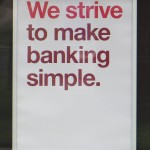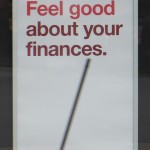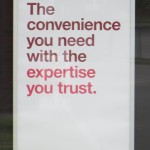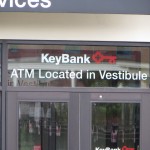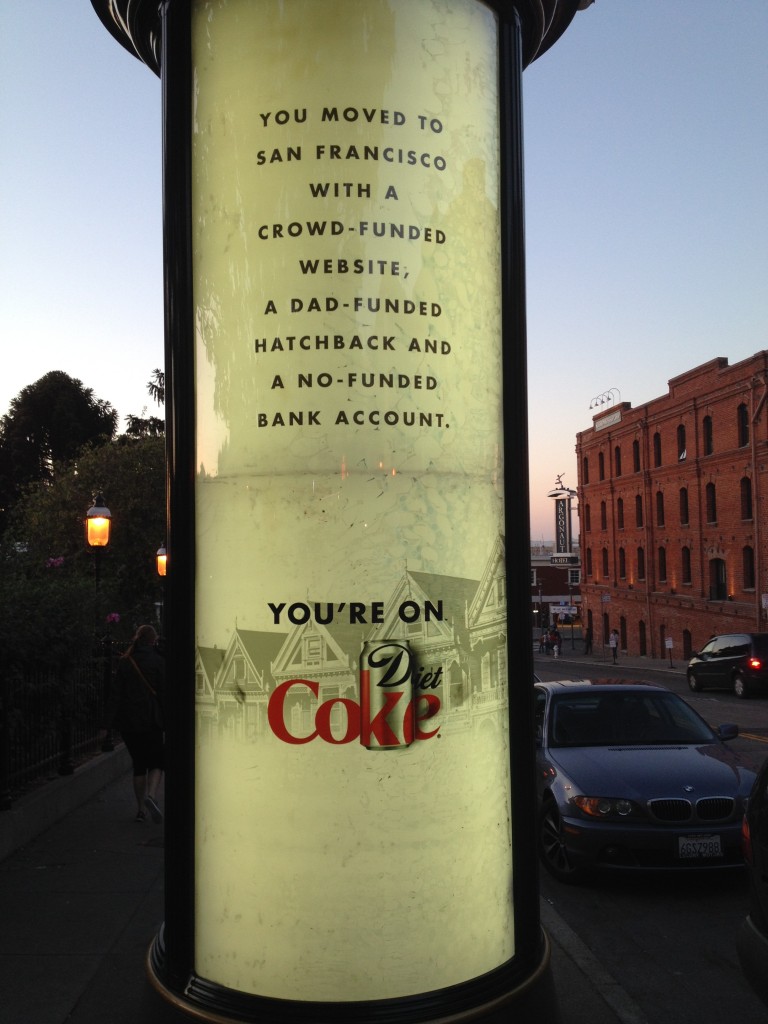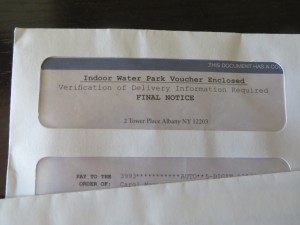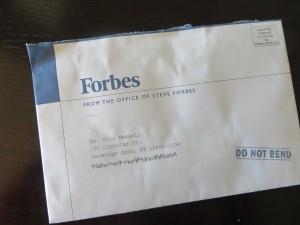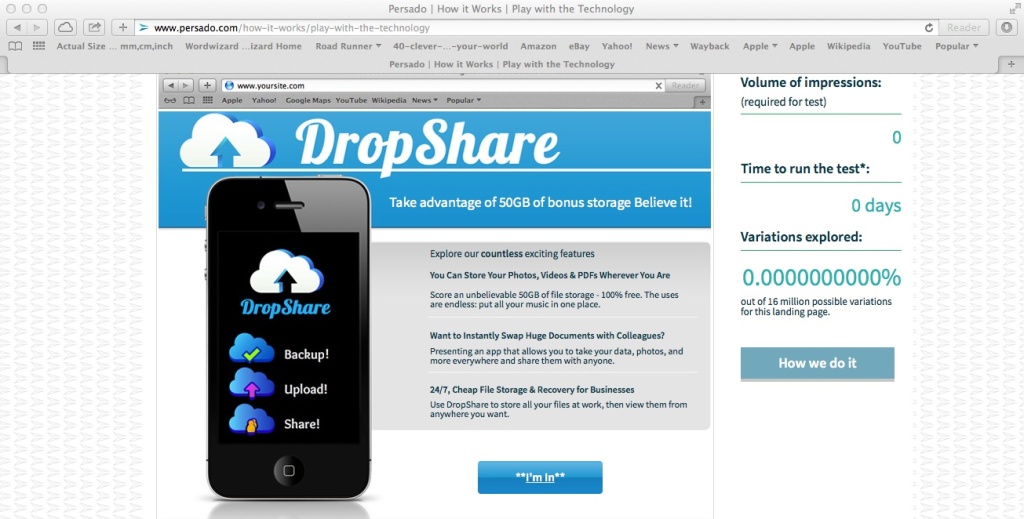
A recent article on artificial intelligence in the Wall Street Journal had me trembling with fear. It described a technology called Persado which writes emails and landing pages for multivariate testing, stating each component of the message in an infinite number of ways which can be mixed-and-matched through AI to surface the result that gets the best response.
“A creative person is good but random,” according to Lawrence Whittle, head of sales at Persado. (Note that the reporter relies on the sales department, rather than talking to a technologist.) “We’ve taken the randomness out by building an ontology of language.” The article goes on to explain how Persado deconstructs each ad into five components including “emotion words”, product descriptors, the CTA, text position and images and then offers up every conceivable option. (Actually I guess it does not offer them up but simply inserts them into an automated test.)
I experimented with the “play with the technology” page today (after taking over a month to get up the courage to visit the site) and am greatly relieved. The static page is shown here; you can click through to the site and try it for yourself. The “free storage” subhead, button and the text in between will dance around as you mouse over them showing all the options Persado has come up with.
However, there’s one thing that’s obviously wrong with this example landing page that Persado doesn’t address, at least in the demo. Any cub copywriter can tell you the biggest problem with the ad, which is that the company’s logo is used as the headline and the true head, a benefit statement about free storage, becomes the subhead. The logo head is actually completely unnecessary since the logo is repeated in the screen shot of the smartphone. (To be fair, Persado lists “image” as one of the things it tests, but it’s not happening here. It would be embarrassing if they put up a demo which does not properly represent the product.)
What Persado is going to kill is not copywriters, but boredom. I’ll certainly experiment with headlines and different button text, and if there’s more than one way to express a key selling point I’ll give my client options. But I don’t have the patience, and you’re not going to pay me, for micro-experimenting with every word in the copy. Persado, be my guest.
